Analyzing The Fight Scenes And Choreography In The Karate Kid
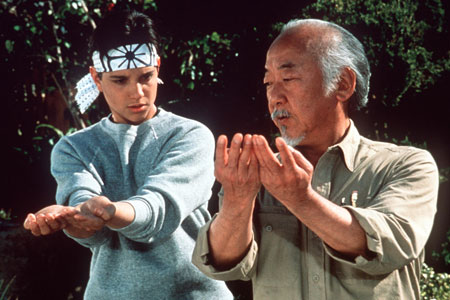
Table of Contents
The Simplicity and Effectiveness of the Fight Choreography
The Karate Kid fight choreography stands apart from the often overly complex and stylized fight sequences found in many action movies. Its brilliance lies in its simplicity and realism. The film avoids flashy, unrealistic moves, focusing instead on impactful, believable karate techniques that resonate with audiences. This approach emphasizes the effectiveness of fundamental martial arts skills.
- Basic but Effective: Scenes such as Daniel's initial training montages highlight the effectiveness of basic karate stances, blocks, and strikes. The focus is on precision and control, not acrobatic feats. This realism makes the fights relatable and grounded.
- Character Development Through Movement: Daniel's progression from clumsy beginner to confident fighter is vividly portrayed through the evolving choreography. The fight scenes visually showcase his development, making his ultimate triumph all the more satisfying. His initial awkwardness contrasts sharply with his refined technique by the film's climax.
- Contrast with Other Action Films: Unlike hyper-stylized fight sequences in films like Crouching Tiger, Hidden Dragon, The Karate Kid emphasizes realistic movement and the consequences of physical combat. This approach lends an air of authenticity and emotional weight to each confrontation.
The Role of Setting and Context in Enhancing the Fight Scenes
The Karate Kid fight scenes are not merely isolated physical conflicts; they're deeply integrated with the narrative and enriched by their settings. The choice of locations enhances the dramatic tension and thematic significance of each confrontation.
- Amplifying Tension: The schoolyard fights, with their inherent limitations and audience of onlookers, heighten the sense of vulnerability and danger for Daniel. The beach fight, in contrast, offers a more open space, yet the encroaching waves and the sheer power of Johnny and his Cobra Kai cohorts emphasize the overwhelming odds facing Daniel.
- Visual and Emotional Impact: The lighting and sound design play crucial roles. The tense lighting during the schoolyard brawls underlines the intimidating atmosphere. The sounds of crashing waves and cries during the beach fight add to the emotional intensity.
- Influence on Choreography: The setting also dictates the choreography. The cramped quarters of the schoolyard force a more confined and tactical approach, whereas the open space of the beach allows for more expansive movements. The All Valley Tournament, with its formal arena, further establishes a clear sense of escalating competition.
The Symbolic Significance of the Fights and Their Narrative Function
The fights in The Karate Kid are far more than just physical contests; they're symbolic representations of larger themes. They're crucial to the narrative, acting as touchstones for Daniel's growth and showcasing his journey of self-discovery.
- The All Valley Tournament Finale: This isn't just the culmination of a physical competition; it's a symbolic representation of Daniel overcoming adversity, proving his resilience, and demonstrating the effectiveness of Mr. Miyagi's unconventional training methods. The final, decisive blow is a testament to his perseverance.
- Evolution of Fighting Style: Daniel's evolution reflects his personal growth. He starts with defensive maneuvers, relying on Mr. Miyagi’s teachings. As he gains confidence, his style becomes more assertive but remains grounded in principles of self-defense and control, rather than aggression.
- Flashbacks and Foreshadowing: The fight choreography effectively utilizes flashbacks and foreshadowing, subtly hinting at future conflicts or connecting past experiences to current challenges, enhancing the film's emotional depth.
The Legacy and Influence of The Karate Kid's Fight Choreography
The Karate Kid's fight choreography has had a lasting impact on subsequent martial arts films and the broader action genre. Its influence can be seen in its emphasis on realism, character-driven action, and the integration of fight sequences with narrative themes. Many films have borrowed elements of its realistic fight style, impactful yet believable, avoiding overly complex or unrealistic movements. The film’s simple, effective choreography set a new standard for martial arts action scenes, proving that powerful storytelling can be achieved without relying on excessive special effects or hyper-stylized fighting.
Conclusion
The Karate Kid fight scenes stand as a testament to the power of simple, yet effective, choreography. The film’s enduring appeal rests not only on its compelling narrative but also on the carefully crafted fight sequences that seamlessly blend realism, symbolism, and character development. The masterful blend of setting, context, and symbolic meaning elevates the fight scenes beyond mere physical combat, enriching the overall thematic resonance of the movie. Analyze the fight scenes for yourself and share your thoughts! Rewatch The Karate Kid and appreciate the masterful fight choreography!

Featured Posts
-
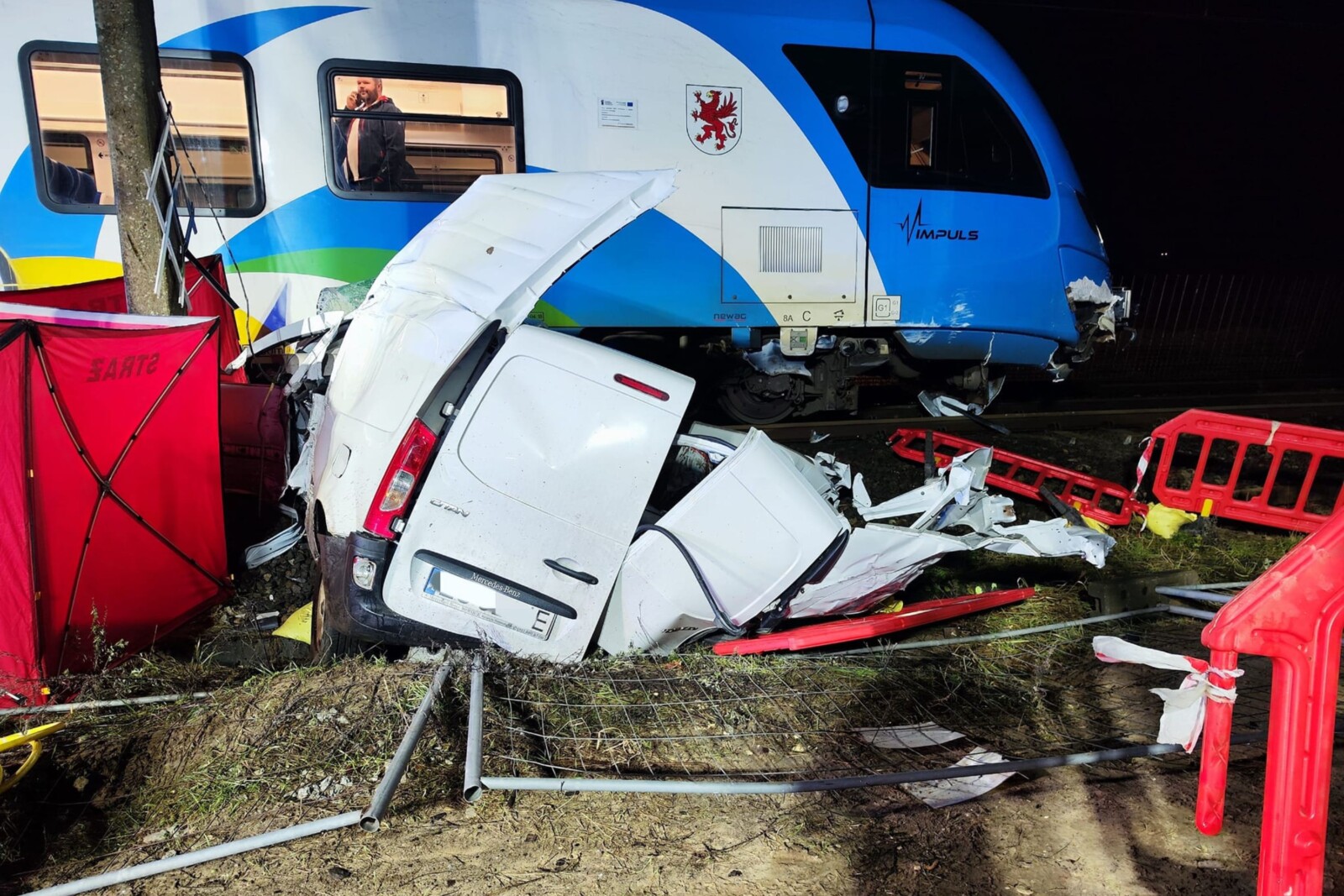 Smierc Piecioosobowej Rodziny Na Przejezdzie Kolejowym Brak Wyjasnienia I Winnych
May 07, 2025
Smierc Piecioosobowej Rodziny Na Przejezdzie Kolejowym Brak Wyjasnienia I Winnych
May 07, 2025 -
 Cavaliers Star On Celtics Rivalry Key Lessons Learned
May 07, 2025
Cavaliers Star On Celtics Rivalry Key Lessons Learned
May 07, 2025 -
 Investing In Xrp Ripple Potential Rewards And Risks
May 07, 2025
Investing In Xrp Ripple Potential Rewards And Risks
May 07, 2025 -
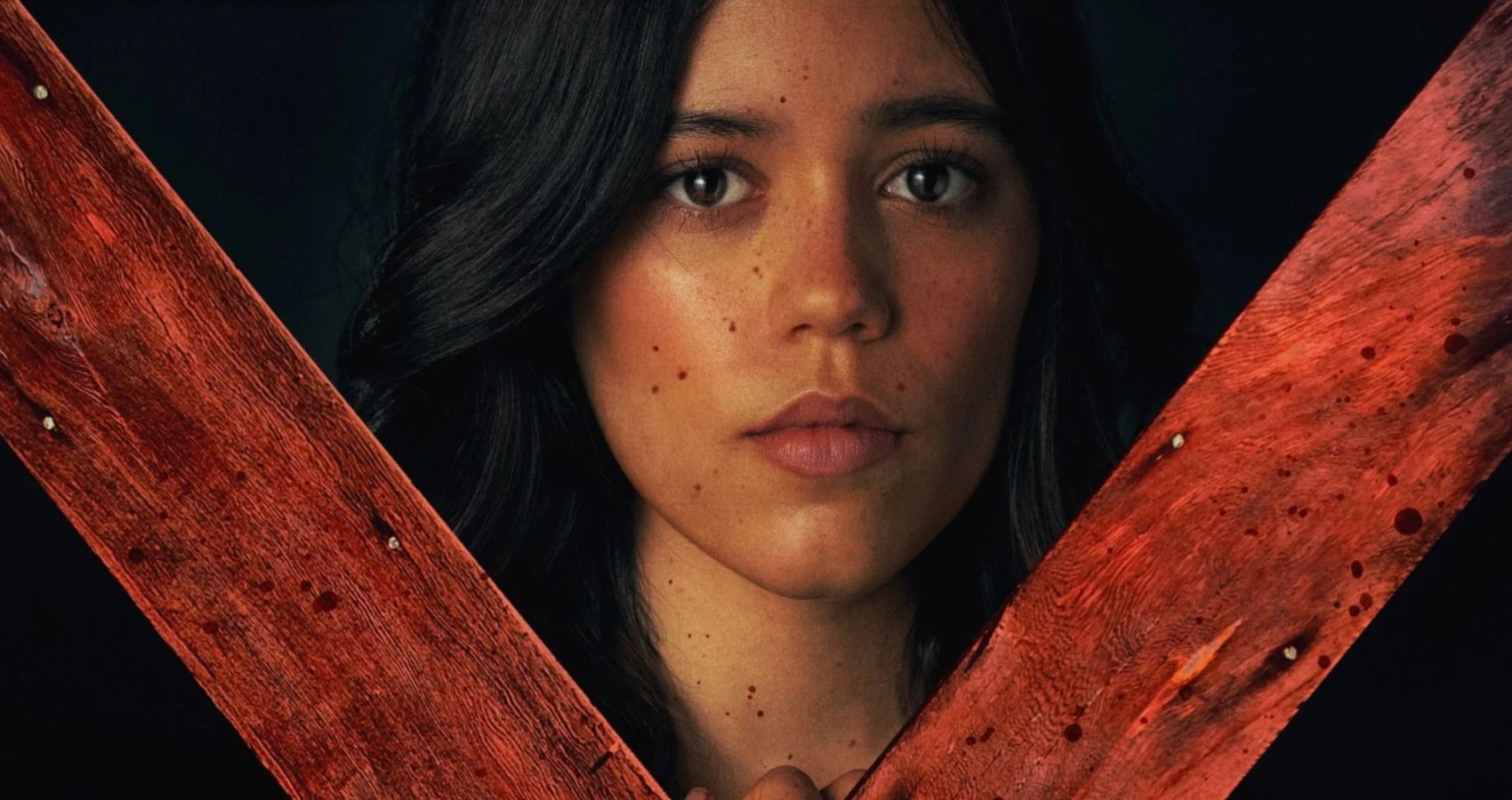 New A24 Horror Movie The Conclusion Of Jenna Ortegas 5 Year Horror Reign
May 07, 2025
New A24 Horror Movie The Conclusion Of Jenna Ortegas 5 Year Horror Reign
May 07, 2025 -
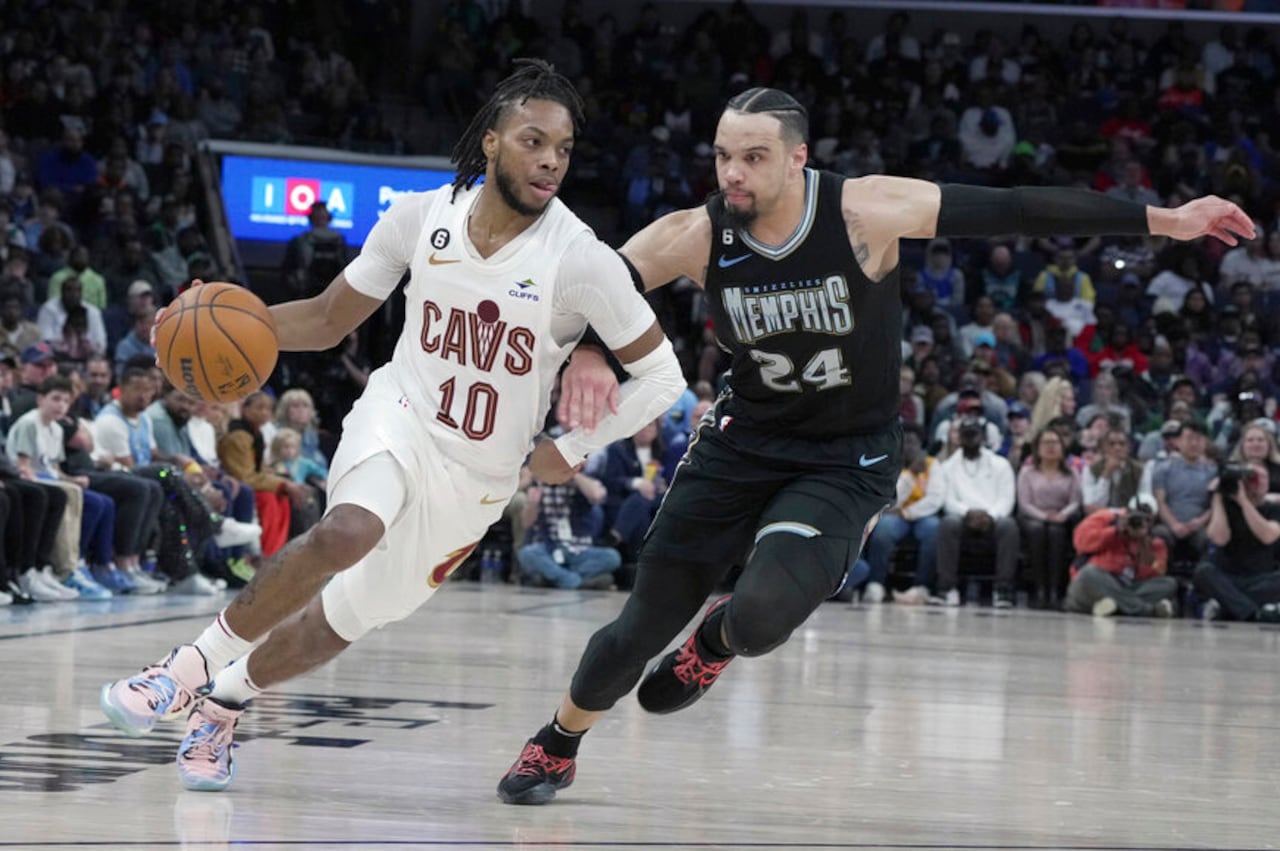 Cavaliers Vs Grizzlies Injury Report March 14th Game Status
May 07, 2025
Cavaliers Vs Grizzlies Injury Report March 14th Game Status
May 07, 2025
Latest Posts
-
 March 2024 Play Station Plus Premium And Extra Games The Full List
May 08, 2025
March 2024 Play Station Plus Premium And Extra Games The Full List
May 08, 2025 -
 Ps Plus Premium And Extra March 2024 Games Lineup Revealed
May 08, 2025
Ps Plus Premium And Extra March 2024 Games Lineup Revealed
May 08, 2025 -
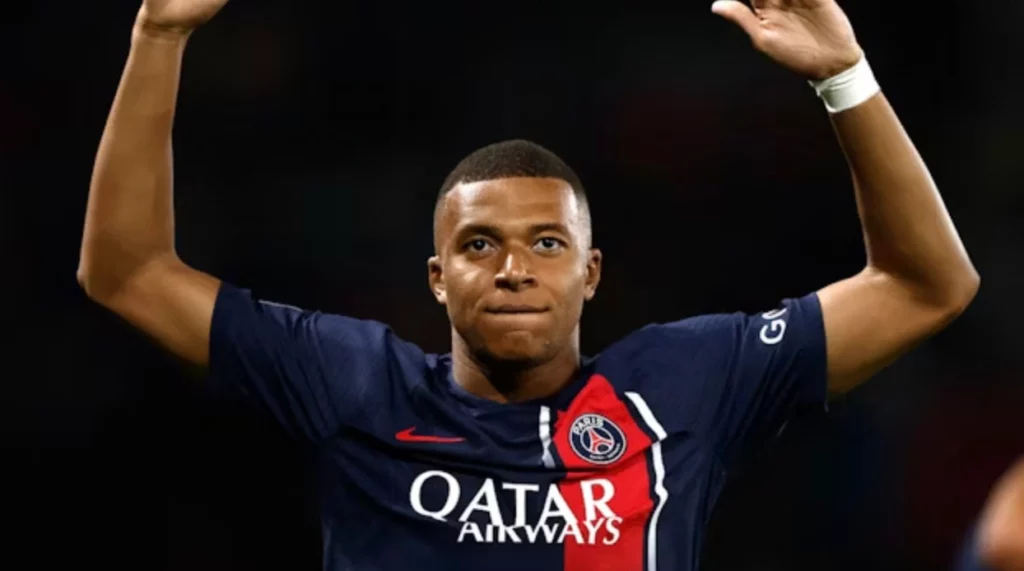 Nereden Izlenir Psg Nice Macini Canli Yayinla Takip Edin
May 08, 2025
Nereden Izlenir Psg Nice Macini Canli Yayinla Takip Edin
May 08, 2025 -
 Psg Nice Maci Canli Yayin Bilgileri Ve Izleme Secenekleri
May 08, 2025
Psg Nice Maci Canli Yayin Bilgileri Ve Izleme Secenekleri
May 08, 2025 -
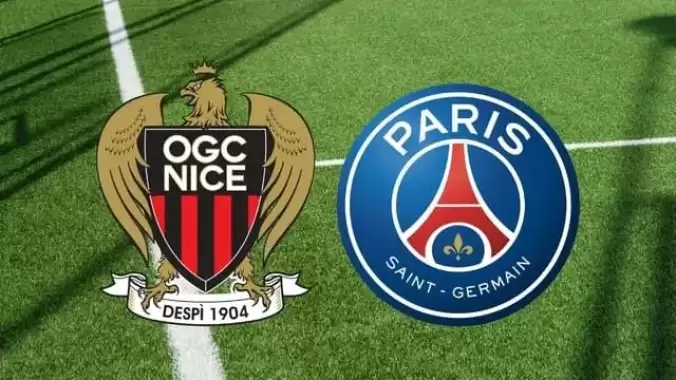 Psg Nice Macini Canli Olarak Nereden Izleyebilirsiniz
May 08, 2025
Psg Nice Macini Canli Olarak Nereden Izleyebilirsiniz
May 08, 2025
